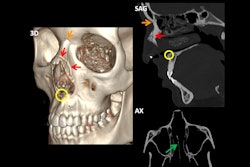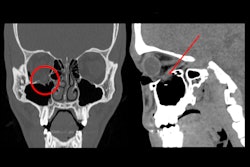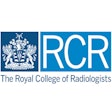The Spanish Society of Medical Radiology (SERAM) has expressed concern about the methodology used in a study published on 14 April that suggests CT scans are linked to new cases of cancer.
“These studies are based on statistical models that, while valuable for exploring hypotheses, lack correlation with real clinical data obtained from populations exposed to these tests,” the society said in a news release.
To date, there is no robust epidemiological evidence demonstrating a direct causal relationship between CT scans (even multiple ones) and the development of cancer in humans, SERAM said. SERAM’s position aligns with that of the American College of Radiology (ACR), which also recently warned that such studies can generate unfounded social alarm and lead patients to refuse essential diagnostic tests, the society noted.
However, SERAM said that it recognizes there are challenges ahead. The European EU-JUST-CT project, for instance, which recently assessed the appropriateness of CT referrals in 28 countries using the ESR iGuide, revealed that “30% of these tests lack a strong clinical justification,” with significant variability between institutions and specialties. This finding, based on real-world practice, underscores the need to prioritize the implementation of evidence-based guidelines to avoid unnecessary testing, SERAM said.
Moving forward, SERAM said it would promote best practices around the following five points:
- Prioritize epidemiological studies in real populations over theoretical models to assess risks.
- Balance risk and benefit communication, highlighting that CT has revolutionized the early diagnosis of cancer, cardiovascular disease, and medical emergencies, as well as their follow-up and management.
- Promote ongoing training in clinical justification and dose optimization among professionals.
- Strengthen international collaborations with programs such as EuroSafe Imaging to standardize quality standards.
- Demand responsibility in scientific communication, avoiding sensationalist headlines that distort risk perception.
“As a society, we reiterate that imaging tests are pillars of modern medicine: their proper use saves lives, improves clinical outcomes, and reduces costs by avoiding unnecessary interventions,” the society concluded.



















